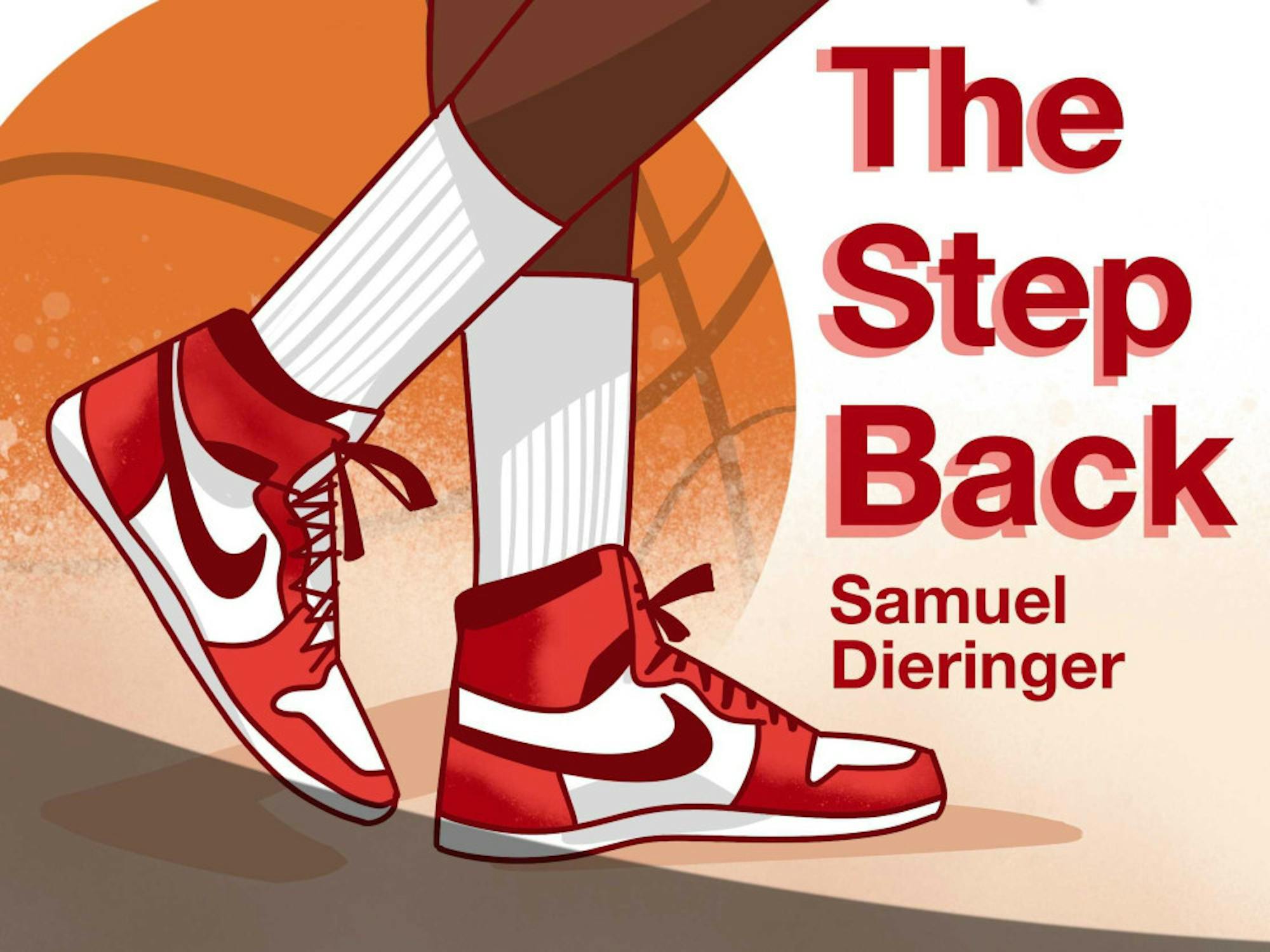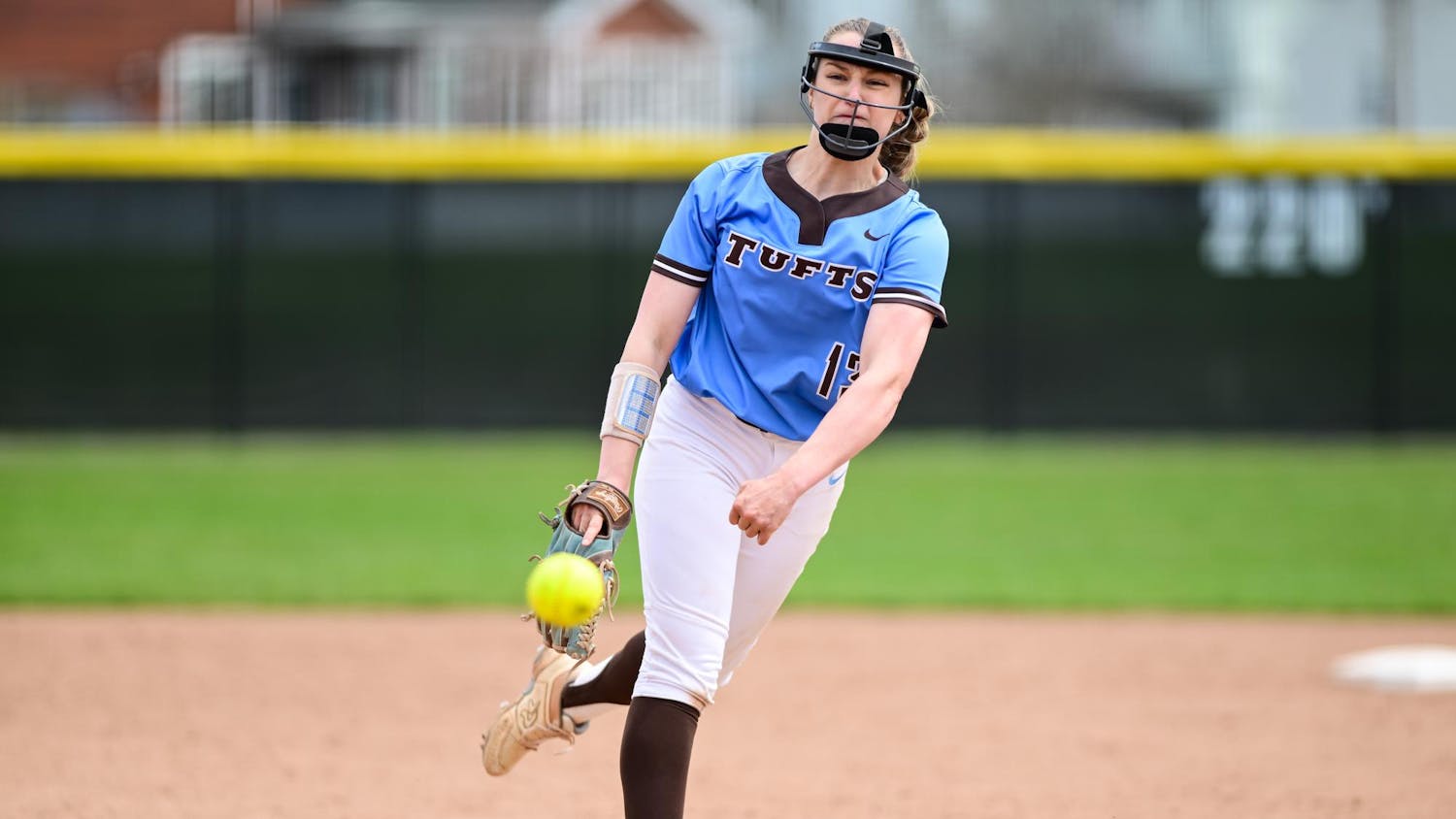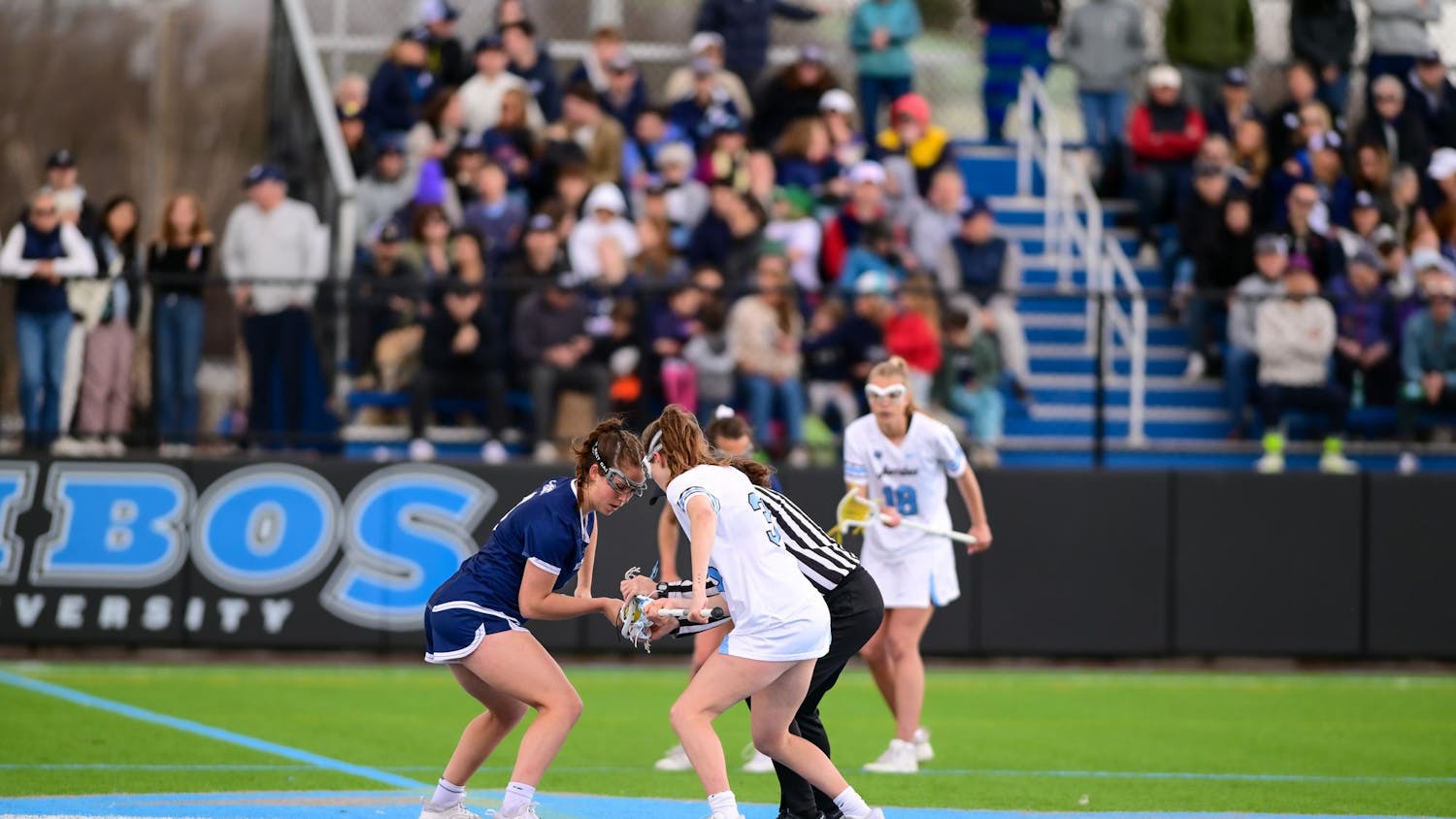James Harden’s departure from the Brooklyn Nets to the Philadelphia 76ers on Thursday marked the end of one of the National Basketball Association's premiere superteams. That being said, Kevin Durant, Kyrie Irving, James Harden and the 2021 Brooklyn Nets are merely the latest iteration of what has become an ever-increasing list of NBA superteams.
According to Wiktionary, a superteam is “a team composed of three or more high-caliber players, especially one assembled by free agency or trades rather than by drafting.” In the last decade, the superteam movement took form and firmly latched onto the NBA for the foreseeable future. Conglomerates of star players joining forces on the same team became the latest and most appealing trend in professional basketball.
This trend has brought with it high praise and intense criticism. On one hand, witnessing the league’s best come together on the court is something to behold. On the other, it can lead to minimal to no competition around the rest of the league. In today’s edition, I’ll analyze both cases and leave open the question of whether superteams are an asset or a burden to the game of basketball.
Many consider the start of the modern superteam era to be in 2010, when LeBron James announced his decision to join forces with Dwayne Wade and Chris Bosh on the Miami Heat. In its few years in Miami, the trio was nothing short of spectacular. The same can be said about the Golden State Warriors in the latter half of the decade. Of course, on paper, these teams were unmatched with their combinations of talent, skill and flashiness. Naturally, this led to some concerns about the rest of the league and their competitiveness in relation to these superteams. But there’s one thing that I’ve learned from watching basketball for the majority of my life: it’s very unpredictable. With every Goliath, there’s a David. There’s a certain incomparable allure to the storyline of underdog teams finding some way to storm in and slay the giant. For there’d be no "Star Wars" without the Galactic Empire, no "Harry Potter" without Voldemort, no "Lord of the Rings" without Sauron. The same can be said about the NBA and superteams.
When Giannis Antetokounmpo and the Milwaukee Bucks captured last year’s NBA title, Giannis said all along that he wanted to do it "the hard way.” Although the tantalizing talent and riveting storylines that come with superteams are fun to daydream about, the harsh reality is that the overwhelming dominance of superteams almost always leads to subpar, lopsided gameplay. There is no doubt that the Warriors titles in 2017 and 2018 were some of the least exciting basketball in the history of the league. It’s true that one of the major reasons the NBA was created was to build a platform for competitive basketball. Key word: competitive. There’s no doubt that as NBA fans we’d much rather see close, nail-biting games across the league rather than one team dominating the rest. Balance in the NBA is key to its success, and not knowing exactly who could come out on top elevates the game to a whole new level of intensity.






